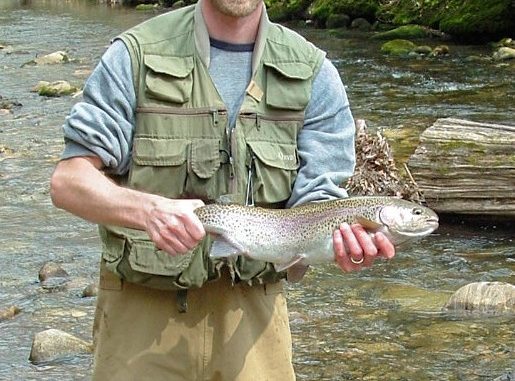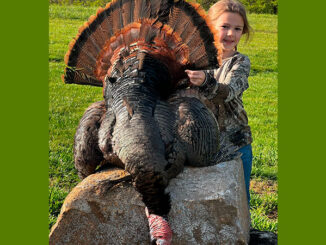
The spring date Tar Heel State (and other states) mountain anglers mark on their calendars each year is the first Saturday in April. That’s when hatchery-supported waters trout season opens.
This year it’s April 7.
The N.C. Wildlife Resources Commission will open about 1,100 miles of hatchery-supported trout waters in 25 western counties at 7 a.m., April 7, with the season running 11 months (closure will be March 1, 2013).
Many sportsmen don’t know N.C.’s trout license sales account for the largest single license income paid to the agency (including deer, waterfowl and small game). In fact, anglers flock to the mountains from Virginia, Tennessee, Kentucky, Georgia and other states to enjoy as much as a week of trout fishing hatchery-supported waters.
WRC personnel stock nearly 877,000 trout annually, with 96 percent of the stocked fish (browns, rainbows) averaging 10 inches in length and other trout exceeding 14 inches. Anglers may harvest a maximum of seven trout per day, with no minimum-size limits or bait restrictions at hatchery-supported waters, which is why so many people head for the high country this Saturday in April.
“Opportunities to fish on many of these hatchery-supported trout streams are only available through the support and generosity of landowners,” said David Deaton, WRC fish-production supervisor, in an agency news release. “It’s important for anglers to respect the property that they’re fishing on and remember that landowners can take away access if they feel their property is being misused.”
Hatchery-supported waters are shown by green-and-white signs and most are stocked from March until August every year. (The WRC has lists of numbers and species stocked by month and county at its web site, www.ncwildlife.org).
Stocked trout are primarily produced at two mountain region WRC fish hatcheries and distributed along hatchery-supported streams where public access for fishing is available. While hatchery-supported waters are open to public fishing, many of those miles are privately owned.
Deaton said anglers can help prevent the loss of public access to fishing by:
• Respecting private property and landowners at all times;
• Removing all trash and litter from fishing and parking areas;
• Parking only in designated areas and leaving driveways open for pass-through traffic;
• Closing and/or locking gates after use;
• Reporting wildlife violations by calling 1-800-662-7137. For a detailed list of all hatchery-supported trout waters and regulation information, as well as trout maps and weekly stocking summaries on hatchery-supported trout waters, visit the Commission’s website, www.ncwildlife.org/fishing. Weekly stocking information appears online for seven days, and updates are posted Fridays after fish are stocked.
Balsam Lake, drained by the U.S. Forest Service to repair a leak in the spillway, is closed and won’t receive stockings this year.





Be the first to comment